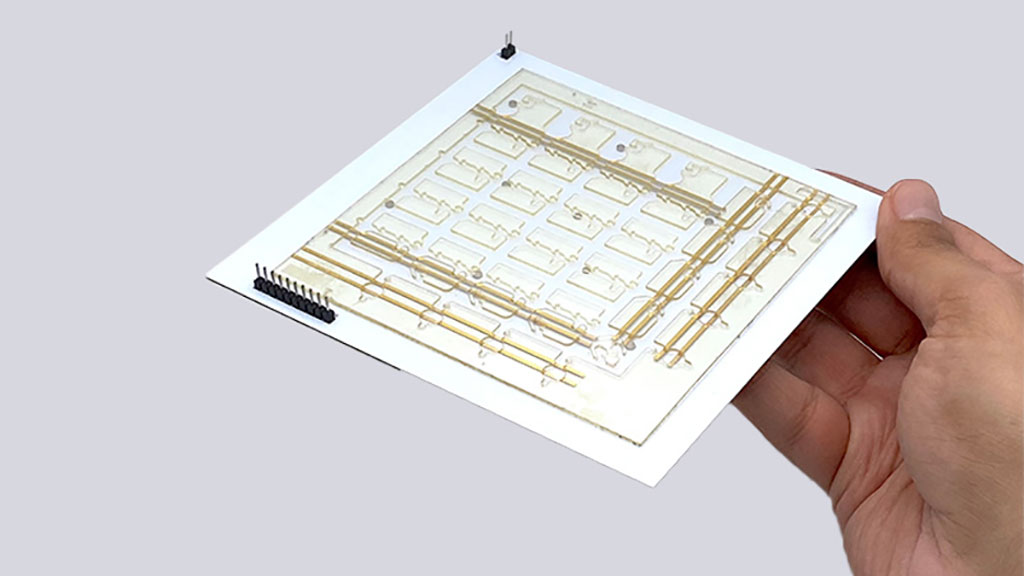Handheld Diagnostic Lab Offers POC Solution for Future Pandemics
Posted on 11 Nov 2022
Using swarms of pinhead-sized magnets inside a handheld, all-in-one lab kit, researchers have developed a technology that could significantly increase the speed and volume of disease testing, while reducing the costs and usage of scarce supplies. The automated tests can be easily manufactured, deployed and performed timely at a doctor’s office, health clinic or at mass testing sites in airports and schools at the onset of any major infectious disease. The technology breakthrough could help the authorities better prepare for future pandemics by decentralizing testing and maximizing the use of resources.
The research team led by UCLA (Los Angeles, CA, USA) was motivated by the lack of equitable access to testing during the early months of the COVID-19 pandemic when only a handful of clinical laboratories were authorized to run tests. The researchers also conducted a clinical study with test samples from individuals who experienced COVID-19 symptoms. More than 100 test results using the lab kit were compared to the same samples tested for COVID-19 using polymerase chain reaction (PCR)-based molecular diagnostics performed as part of UCLA Health’s routine clinical care.

Using a circuit board that controls a set of movable, one-millimeter-sized magnetic discs known as “ferrobots” to transport samples through the diagnostic workflow of a nucleic acid amplification test (NAAT), the researchers’ ultra-sensitive lab kit was able to detect the presence of genetic material from a virus - in this case, SARS-CoV-2 that causes COVID-19. The steps to separate, sort, mix and amplify testing samples are all automated and performed at a miniaturized level inside the kit.
By designing the kit for pooled testing, the system requires much lower amounts of reagent chemicals than those needed for testing the samples individually. Up to 16 samples were combined and tested at once in the team’s study. If the pooled test showed a positive result, subsequent tests would automatically take place within the same platform until the actual positive samples were identified. This entire process took between 30 to 60 minutes, depending on whether there were positive samples. Thanks to the technology’s assay miniaturization and pooled-testing capabilities, the chemical reagent costs could be reduced by 10 to 300 times.
Aside from being able to test for several diseases simultaneously, the platform also offers precision and robust automation. For example, in a pooled-testing with 16 samples, more than 300 lab operations, including mixing and sorting, were automated by the ferrobots - that is more than 3,000 individual movements, or actuations. In their reliability studies, the researchers showed that the ferrobots could perform more than 8 million actuations without mistakes.
“Our handheld lab technology could help overcome some of the barriers of scarcity and access to tests, especially early in a pandemic, when it is most crucial to control disease spread,” said Sam Emaminejad, associate professor of electrical and computer engineering, who co-authored the study. “And beyond its potential to address issues of short supplies and high demand, it could be broadly adapted to test for many types of diseases in field and with lab-grade quality.”
“This platform’s compact design and automated handling of samples enable easy implementations of pooled testing where you can test dozens of patient samples at the same time, and all with the same materials it currently takes to test just one patient,” said Dino Di Carlo, professor of bioengineering at UCLA Samueli School of Engineering. “For example, you could test students in an entire college residence hall with just a few dozen test kits.”
Related Links:
UCLA









 Analyzer.jpg)




